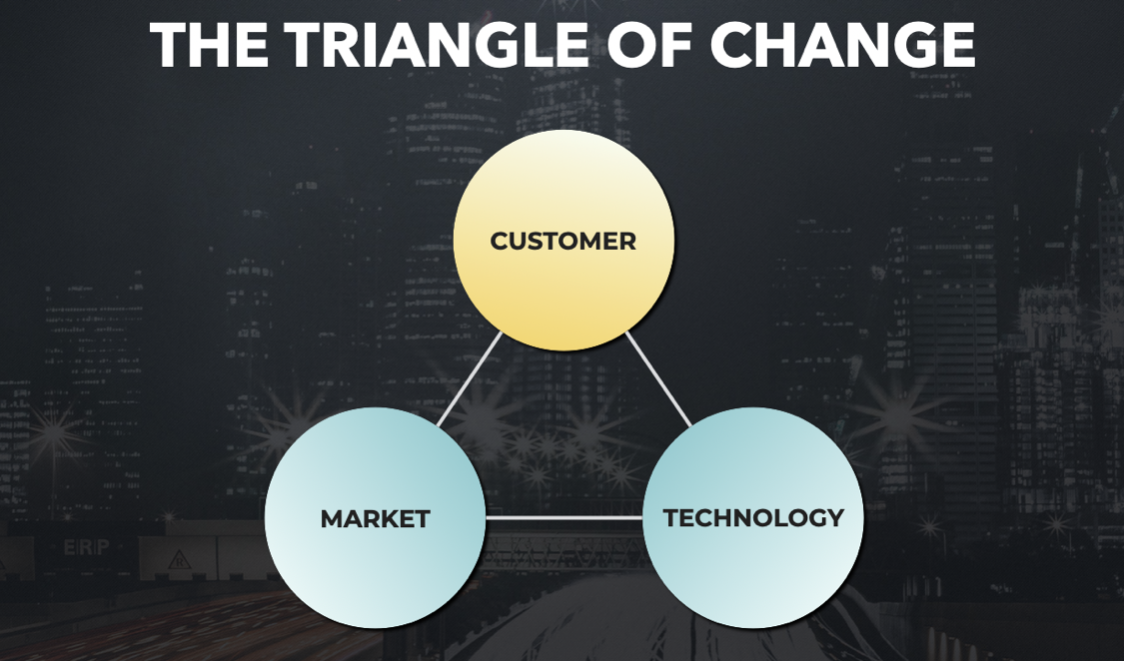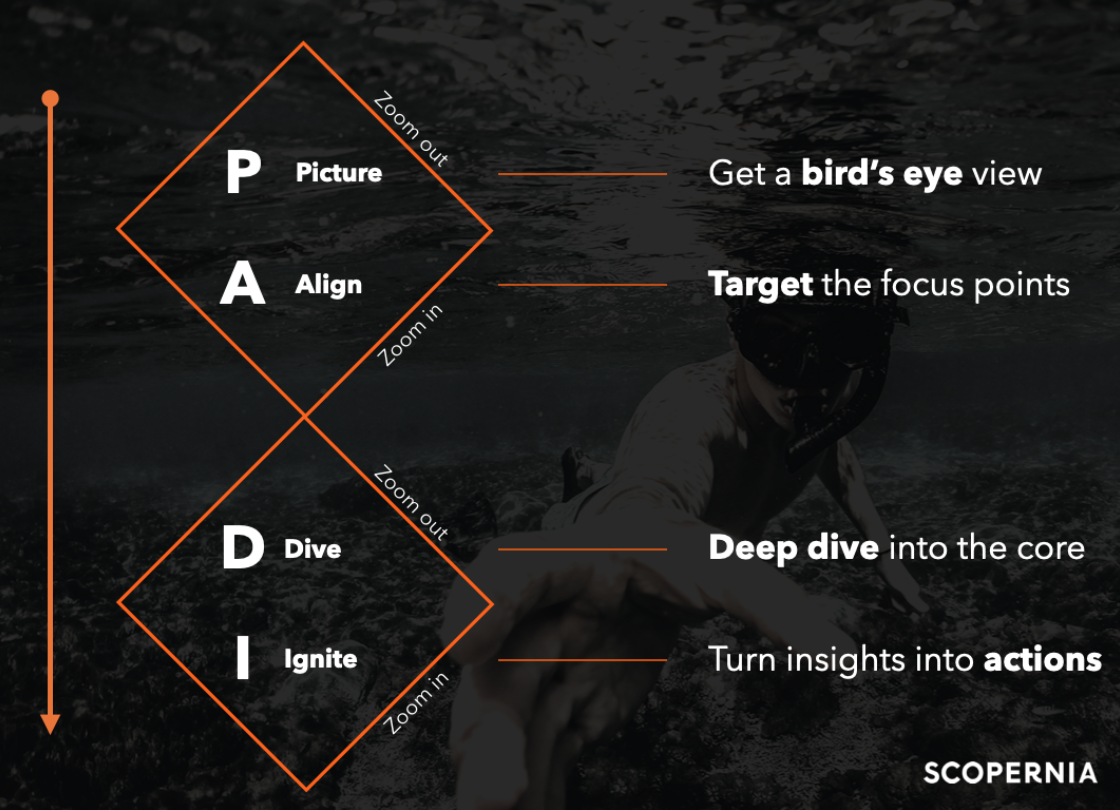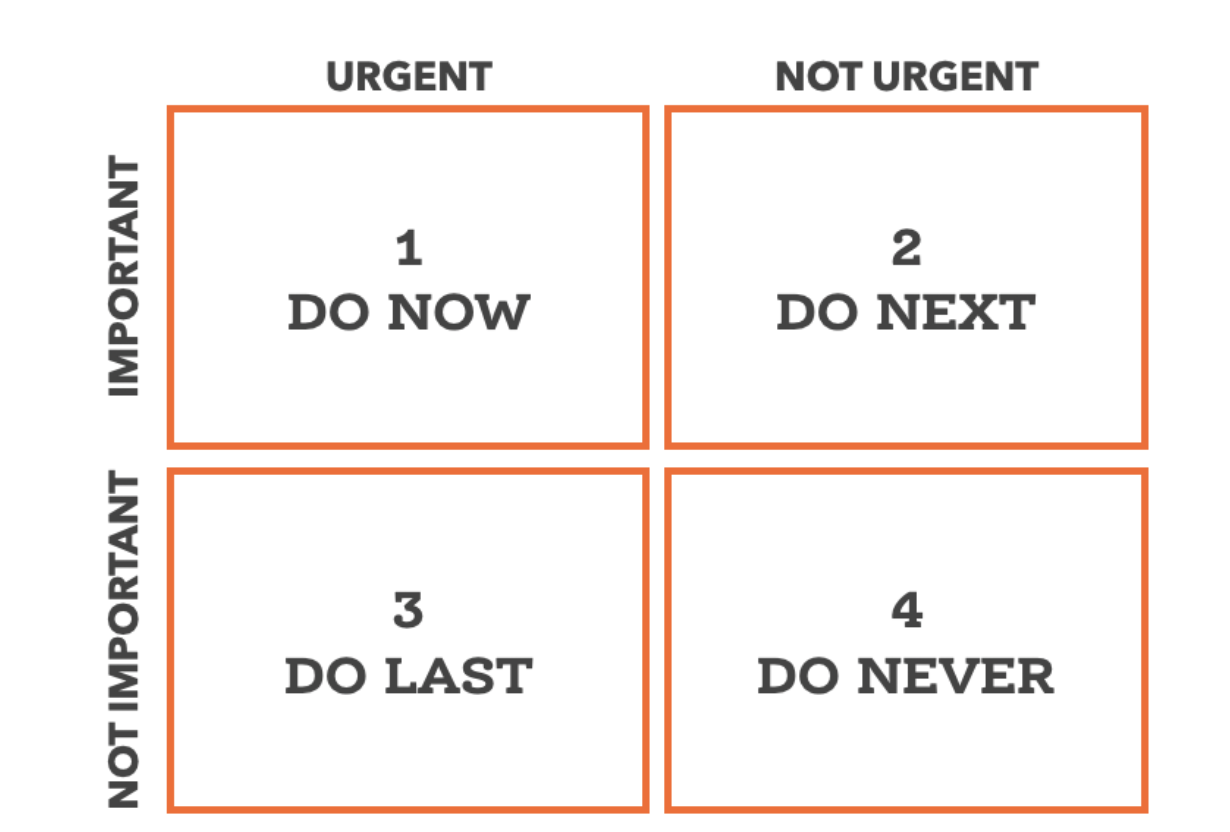The only constant is Change.
From a business perspective, the recent pandemic is merely acting as a high octane fuel -1 accelerating changes that have been in motion for the last 20 years.
Digital transformation, hybrid retailing, social commerce, ‘local-first,’ work from home to work from anywhere, purpose-driven businesses (to name a few) are far from being new topics on the corporate agenda.
“Always remember that someone, somewhere, is making a product that will make yours obsolete”, Georges F. Doriot.
Today, legacy business models are under pressure because organizations have been falling behind the rapidly changing customer, market, and technology.

To win in this new world, you need a faster clock speed than the market. In other words, you cannot wait for things to change at a mainstream level to start adopting the change yourself.
So what can you concretely do to become pro-active rather than reactive? Start at the beginning of the process by shifting your outdated view of business intelligence.
You have been doing Business Intelligence wrong
If you are like most medium to large businesses we have been working with over the last 10 years, you probably have a business intelligence team with access to all of the most expensive tools and databases available in the market.
The problem is, by the time reports are updated, uploaded, analyzed, and that your team has spotted trends with figures that are interesting enough to get decision-making power attention, you are months too late.
The approach lacks agility, flexibility, speed, and accuracy.
You have read all of the latest BI reports, decks, and articles, but do you know of at least 20 early-stage startups that are working to disrupt your industry?
Your ability to create a sustainable business for the coming 10, 20, 50 years relies first and foremost on your capability to see the change, understand its impact, and take action.
Start taking this seriously and build a business intelligence model that works -your corporate radar, led by a talented trend-watching team that feels listened to within your organization.
Or get external help.
Sharing a Business Intelligence model that works
A key mission must be to “make organizations future-proof.”
You can believe me when I tell you we have spent enough hours building, testing, implementing, and iterating on a corporate radar model that works and delivers strong results.
The PADI model
“PADI”? The name of our model is inspired by the eponymous global diving training organization. It represents our ability to deep-dive and explore the depths of a specific topic in the most educated way.

PICTURE – Get a bird’s eye view
Start by gathering the largest overview possible of what is happening on the topic that you are researching. Do not limit it to your geographical region or by looking at your own competitors.
An efficient approach is to scout for information through the 4 Ps:
- Players: who are the largest companies worldwide, and 15 to 20 startups working on the topic?
- Platforms: are there major platforms in the world acting as gatekeepers on the topic that you are researching?
- Partners: what are the latest partnerships (in the last 12 months) that have been disclosed on that specific topic?
- People: who are the influencers and thinkers leading the discussion on the topic?
The goal is to create a simplified mapping of the topic along 2 to 4 variables that will allow you to pinpoint specific subjects of interest for a deep-dive.
ALIGN – Target the focus points
If you have done the Picture part well, it should be impossible for you to deep-dive on everything you found before the topic becomes irrelevant.
The goal of the align phase is to prioritize and select 3 to 5 of the most attractive “P’s” (Players, Platforms, Partners, or People). Use the mapping you have created to guide you towards interesting prospects.
If you are scouting for new solutions or business models for example and want to include a larger team in the process, ask everyone to score a pre-selection of P’s using the ICE methodology (scale 1 to 10):
- Impact – what would be the impact of implementing […] in our organization?
- Confidence – how confident are we that […] could work in our organization?
- Ease – how easy would it be to implement […] in our organization?
The 3 to 5 P’s with the highest scores are worth deep-diving into.
DIVE – Deep-dive into the core
When you have selected your 3 to 5 points of interest, deep-dive on each of them along three lines.
- Reverse-engineer their approach. If, for example, you are deep-diving on an e-commerce platform, map their full customer journey and growth hacking funnel initiatives (Awareness, Acquisition, Activation, Retention, Referral, Revenue.)
- Identify best practices. This is more a matter of intuition and perspective, but gather anything that attracts your attention, looks good, sounds unique, or was obviously a success. If you are deep-diving on an influencer to understand how they are leading the discussion on a specific topic, extract best practices out of his tone of voice, communication frequency, style, media of use, etc.
- Interview key stakeholders. People love to talk about what they do and how they do it. If you are deep-diving on a new startup working to disrupt your industry, try to contact current or former employees to have a discussion and understand how they are pulling it off.
IGNITE – Turn insights into actions
Intelligence is worthless if it aims at feeding a pure accumulation of knowledge. Execution is the last 99%.
At the end of the process, you should have in your hands a unique perspective on your topic of interest, and the ability to turn insights into initiatives. Based on everything you have gathered and the outcome of the deep-dives, answer 3 simple questions:
- What can you build?
- What can you adapt?
- What can you steal with pride?
Prioritize the initiatives using an Urgency-Importance matrix to extract the “do now”, “do next”, “do last”, and “do never”.

We know for a fact this approach helps to identify change in its early stage, opening the potential to provide you with a significant competitive advantage.
It’s time to get your perspective shifted.










